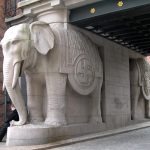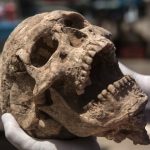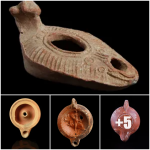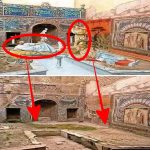A Restored Hadrian Mausoleum: Castel Sant’Angelo in Rome, Originally Emperor Hadrian’s Final Resting Place Before Being Converted to a Papal Stronghold

Nestled along the banks of the Tiber River in Rome stands a monumental structure that has witnessed the ebb and flow of centuries: the Castel Sant’Angelo. Originally constructed as the Mausoleum of Hadrian, this iconic edifice served as the final resting place of the Roman Emperor Hadrian and his successors. Later repurposed as a papal fortress, it has played a significant role in the history of Rome and remains a symbol of the city’s enduring legacy.
The Mausoleum of Hadrian was commissioned by Emperor Hadrian himself in the 2nd century AD as a burial site for himself and his family. Built between 134 and 139 AD, the mausoleum was designed in the distinctive cylindrical shape typical of Roman imperial tombs of the period. Rising majestically above the city skyline, it was adorned with elaborate decorations and statues, reflecting the grandeur and power of the Roman Empire.

For centuries, the Mausoleum of Hadrian served its intended purpose, housing the remains of several Roman emperors, including Hadrian himself, as well as Antoninus Pius, Marcus Aurelius, and Commodus. However, with the decline of the Roman Empire and the shift in political power, the mausoleum’s fate took a dramatic turn.
In the 5th century AD, as the Western Roman Empire crumbled, the mausoleum was repurposed as a fortress by the Visigoths and later by the Byzantines. Its strategic location along the Tiber River made it an ideal defensive stronghold, allowing its occupants to control access to the city and fend off would-be invaders. Over the centuries, the fortress underwent numerous modifications and expansions, reflecting the evolving military tactics and technologies of the time.
In the Middle Ages, the mausoleum-turned-fortress came under the control of the Papal States and was renamed the Castel Sant’Angelo in honor of the Archangel Michael, who was believed to have appeared atop the fortress, signaling the end of a devastating plague. Under papal rule, the Castel Sant’Angelo served as a refuge for popes during times of crisis and as a prison for political prisoners and heretics.
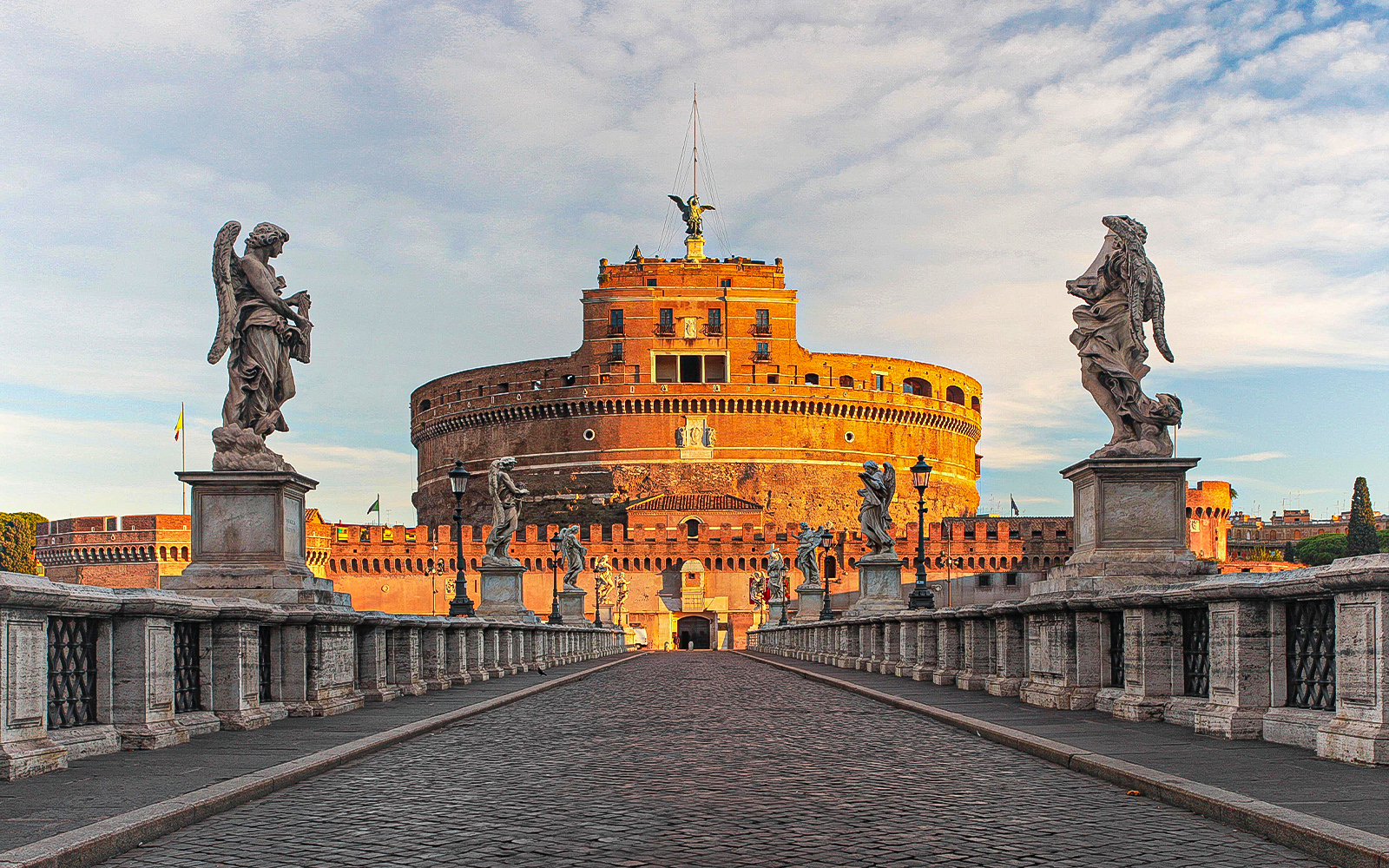
The fortress underwent further transformations during the Renaissance and Baroque periods, with the addition of ornate decorations, courtyards, and a fortified corridor connecting it to the Vatican City. The iconic bronze statue of the Archangel Michael, designed by the renowned sculptor Bernini, was installed atop the fortress, becoming a symbol of divine protection and papal authority.
Today, the Castel Sant’Angelo stands as a testament to the enduring resilience of Rome and its people. Its imposing silhouette dominates the cityscape, serving as a reminder of the city’s rich history and cultural heritage. The fortress has been meticulously restored and preserved, allowing visitors to explore its labyrinthine corridors, majestic courtyards, and panoramic views of the Eternal City.
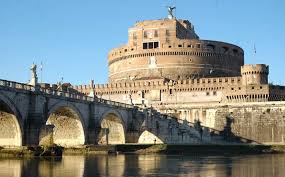
As one wanders through the halls of the Castel Sant’Angelo, they are transported back in time, tracing the footsteps of emperors, popes, soldiers, and prisoners who once inhabited its walls. From its origins as a grand mausoleum to its role as a formidable fortress and later as a symbol of papal power, the Castel Sant’Angelo encapsulates the layers of history that define Rome.
In conclusion, the restored Mausoleum of Hadrian, now known as the Castel Sant’Angelo, stands as a testament to the enduring legacy of Rome. From its origins as a burial site for Roman emperors to its transformation into a papal fortress, it has witnessed the rise and fall of civilizations, yet it remains a timeless symbol of the city’s resilience and spirit. As visitors gaze upon its ancient walls and towering ramparts, they are reminded of the enduring power of history and the enduring legacy of one of the world’s greatest civilizations.

